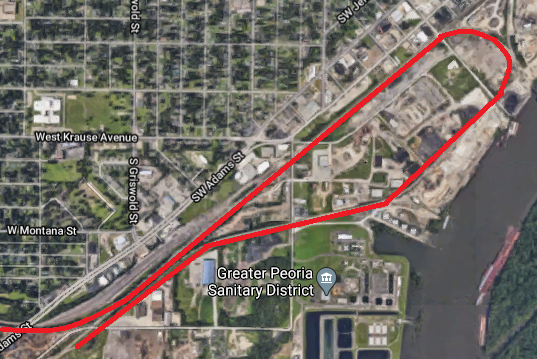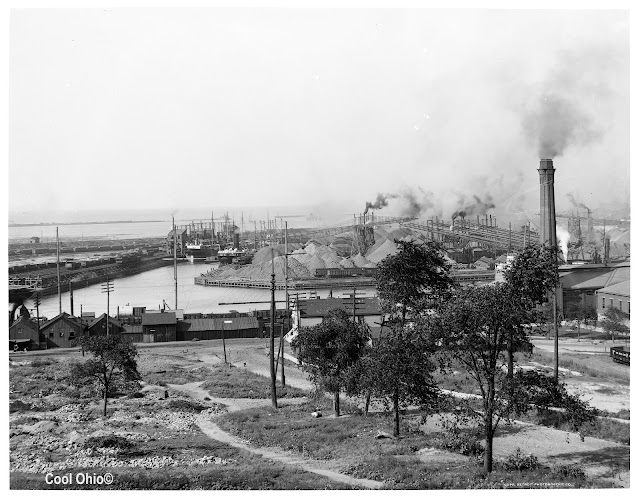 |
| Don Wetmore posted Union Pacific Omaha, Nebraska Shops on April 29, 1986. Photo by Don Wetmore Don Wetmore: Most of the work transferred out of there around 1988. The business cars were still maintained there until the late 90s when that operation was moved to Council Bluffs. Brian Hume: Who else spotted the steam engine? [About a fourth of the way up in the middle to the left of the turntable.] Don Wetmore: Brian Hume Big Boy 4023, now overlooking I-80 at Kenefick Park Don Wetmore shared |
 |
| Edwin Nygaard commented on Don's post Here's a shot taken from the bridge, late Sept 1973 |
 |
| Dennis DeBruler commented on Don's share That was a challenge to find. The photo is consistent with this topo map. 1985 Omaha Quadrangle @ 1:24,000 |
 |
| Dennis DeBruler commented on Don's share That area has changed as much as the South Loop of Chicago. |
 |
| American-Rails.com posted Another view of Union Pacific's former shops in Omaha, Nebraska; June, 1981. American-Rails.com collection. |
Tim Starr posted two images with the comment: "Layout of the Union Pacific shops at Omaha in 1902, just after being rebuilt. The other graphic is a neat floor plan of the boiler shop with a numbered list of tools and machinery. The shops were first established in 1868 and gradually expanded. (Railway Age)"
 |
| 1 |
 |
| 2 |
Moose's Workshop: Trains & Robots posted five photos with the comment: "Was asked what did the Omaha UP shops look like where the current event center and parking lots are. Here are a few pictures we found. Nothing of the shops or historic locations in that area exist anymore. The interstate bridges are still in the same locations though. 🙁"
Lastnameis Mendolia shared with the comment: "Cool! But sad it is all gone."
Gabriel Joseph Perez: Which steamer is on display at the shop?
Lastnameis Mendolia: Gabriel Joseph Perez 4023
 |
| 1 |
 |
| 2 |
 |
| 3 |
 |
| 4 |
 |
| 5 |













































